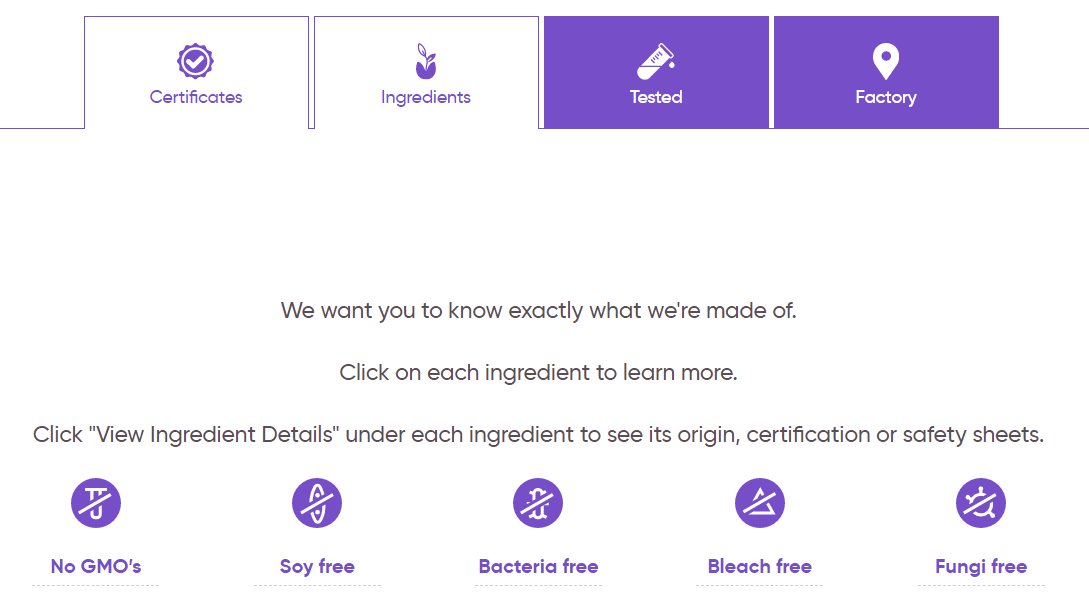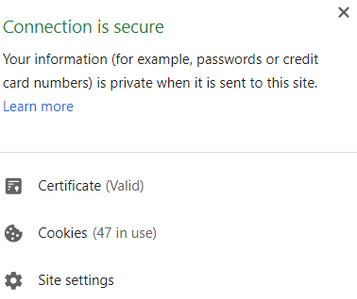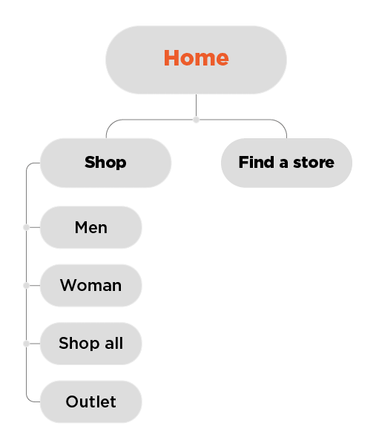5 Must-Haves To Launch A Ecommerce Website
Quarantine is a great time to start selling online today. Consider making an ecommerce website from scratch if you haven’t had one. Ecommerce market is growing as never before in the wake of recent events in the world.
Coronavirus outbreak influences the demand for delivery so that Amazon is looking to hire 100,000 new employees. All of them will be involved in warehouse and shipping operations.
Besides, Adobe has announced its support program for small and medium-sized businesses that want to move online. The company offers a lot of great things for free:
- ✓ Magento Commerce and Marketo Engage — 3 months for free!
- ✓ Magento University and Marketo University — 3 months for free!
- ✓ Adobe Connect up to 25 participants — 90 days for free!
- ✓ Acrobat PDF — through May 31.
- ✓ Adobe Talent — through May 15.
- ✓ Adobe Portfolio — through May 15.
So, it’s definitely time to establish a business online. Decide fast until Adobe offerings are available. And we want to share with you some essential things on how to run a successful online store.
Ecommerce Target Audience And Market
The first thing to understand is your ecommerce target audience. Maybe you’re selling baby clothes or umbrellas, without knowing your market and the people who are interested in your products, you won’t stand a chance.
Start with things like ingredients in your foods, fabric mixes in your clothes, and environmentally safe products in your going-green product lines. These are the things that people want to hear about because they can relate, that’s why they’ll buy your product.
Made of shows all the ingredients of its products to get in good with customers. Their audience is parents who care about their children.
Next, who are the people that have a problem your products can fix? Start with things like age, race, gender, income level, etc., and incorporate these into other lifestyle-type characteristics.
A lifestyle characteristics list generally deals with three main subjects: activities, interests, and opinions. If you can get to the root of what your audience likes to do, what they’re passionate about, and what and how they think about important things in their lives, you’ve found your message and tone.
In some cases, it’ll be formal to cater to a higher profile clientele, or more casual to swoop in for a higher market share in a less specific area.
It’s so important to keep your target audience in mind at every stage of ecommerce website planning — and we mean everything. Things as simple as a domain name and logo design need to be taken into consideration when creating a content strategy.
Domain Names For Ecommerce Websites
Choosing the right domain name for online store isn’t always as easy as you’d think. It should be short and memorable, but make sure it doesn’t have a kind of “double meaning” behind the scenes that might garner unwanted attention.
Susan Boyle is a British singer who had a PR nightmare years ago when her team marketed an album party on Twitter. The Susan Album Party hashtag quickly turned into #Susanalbumparty, which looks more like an “anal bum party.”
It’s also important to decide on what domain you’d like to register your website. There are global (.com, .net, .org), domestic (.fr, .us, .uk), and activity domains (.photography, .shop, .guru). It’s also important to register your website as soon as you know what your name will be, to make sure no one else beats you to the punch.
Now, a domain for ecommerce website is also one of Google’s top ranking factors, and only unique names get an SEO advantage. It means it’s usually better to avoid names that sound like existing ones to organically grow as much as possible, and not be seen as a knock-off of someone else. Plus, the original title will most likely rank higher anyway, so you won’t be doing yourself any favors.
In the name of security, please, don’t forget to buy an SSL certificate with your domain name. It’s not too complicated as most domain registrars and/or hosting providers usually provide this, and they’re appropriately priced as add-ons. Why is this so crucial?
Certificate SSL In Ecommerce And Its Importance
Anytime we use our credit cards and baking information online, we’re potentially creating an opportunity for that information to become readily available to more than our intended recipients. To keep things safe for your customers, an SSL certificate is a type of encryption protocol that will ensure the information being shared stays between you and the end-user.
Secure sites are easy to recognize as their address starts with HTTPS (the S stands for secure) instead of the classic HTTP; browsers then react to it and let users know whether the site is secure.
Some options even include color-coding schemes where the browser bar will turn green to show it’s the highest level of protection, though this isn’t the only way to measure a site’s security. And, to keep things simple, most SSL certificates are usually sold in recurring bundles to keep things flowing smoothly on the back end.
Google Chrome shows this info when you click on a lock icon next to a website address.
Today’s online shoppers are savvier than ever, and they’ll pay close attention to things like this when they choose where and how to buy, so make sure not to scrimp on the encryption security, else you may risk more than non-secure customer data.
Online Store Structure
To keep things simple and easy on the eyes, Magento 2 store view allows you to manage several website views under one installation, and all of which can be seen from the same administration panel. These websites can share design and settings or be completely different.
If you want to create several language versions of your website, there are two ways you can do it. First, you can make a separate domain for each language version.
Second, you can keep a single domain but create different store views.
Catalog Structure For Your Webstore
The best way for ecommerce store management is to think of it like a hierarchic tree. The main site menu is the navigation map that customers use to find the things they want to buy, so it should be simple and understandable. Far too often have we helped sort out pages that weren’t clear and concise about the products and services offered, and that’s not good for anyone involved.
Next, take into consideration how you want your catalog to look, and then consider how easy it would be to use a mind map. First, start by taking the things that are most important to you and your customer base, and place them as close to the main homepage as possible.
The example of e-commerce catalog structure
Then, you can group other goods and services by types as necessary for your audience, but make sure they go no more than three pages deep in the menu. First, because developers need to get this information to develop the website. Second, because this is the critical point of the user experience.
No one wants to spend hours clicking around page after page just to get the information they need. And not only for the sake of your customers, but this will also affect things like SEO ranking and conversion rates — things Google bots use to make or break your online presence.
Final Words
We wish you luck with starting a small online store. If there are any questions, feel free to contact us. We will be glad to help you since we develop and design websites.
Looking for eCommerce development backup?
Share your contact information, and we’ll be back to you in no time


